Two young boys are excited about being at the lake for the first time that summer. While the parents unload the car, they quickly don their swimsuits and run down the dock. The first boy dives in, oblivious to the cold water. The second boy stops to consider if he should dive in also, or wade in slowly. Suddenly the first boy screams, begins thrashing in the water, and goes under. His friend dives in after him, feels the electric current flow through his body, causing his muscles to contract. He can’t force his body to swim, or even to stand up. He also goes under. By the time the parents can get to the dock, both boys are dead.
While this particular scenario is fictitious, electric shock drowning happens far too often. The hazards of electric shock drowning were explored in a July–August 2007, IAEI News article by Jim Shafer. At that time, at least 42 drowning deaths in the southern United States had been attributed to electric shock. Monitoring of ground-fault currents in the water of marinas was recommended to mitigate the problem.

Photo 1
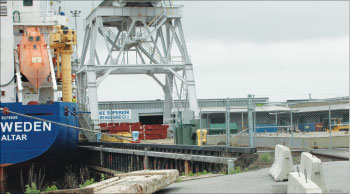
Photo 2. Article 555 includes boat yards for large ships.
The 2011 NEC, in a first step to address the problem of electric shock drowning, now requires ground-fault protection on all electrical feeds for marinas. The new code section, proposed by Joseph Fello of Eaton Corporation, will mandate ground-fault protection with a trip setting not exceeding 100 mA.
First, where would this new code section apply? Article 555, according to the scope, covers “fixed or floating piers, wharves, docks and other areas in marinas, boatyards, boat basins, boathouses, yacht clubs, boat condominiums, docking facilities associated with residential condominiums, and any multiple docking facility, or similar occupancies, and facilities that are used, or intended for use, for the purpose of repair, berthing, launching, storage, or fueling of small craft and the moorage of floating buildings.” This would seem to indicate that anytime power is taken from the shore out onto any structure in the water associated with boats or floating buildings, with the exception of private residential boat docks, it would have to comply with these requirements. Mooring areas for larger ocean-going vessels and barges, down to public piers and boat docks are all subject to the requirements of Article 555.
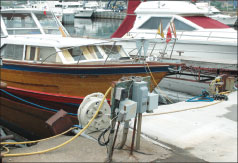
Photo 4. Typical marina wiring? It’s questionable at best.
Second, what equipment can be used to fulfill this requirement? GFCI protection, using a standard Class A GFCI breaker or device, is permitted as one option. UL standards require a trip setting of 4 – 6 mA on these items. Equipment ground-fault protective devices (EGFPD) vary from 6 – 50 mA trip ratings and are currently used for electric snow melting and deicing cables and similar installations. Ground-fault protection-for-equipment (GFPE) devices usually have a variable trip setting starting at around 30 mA. This last type of device is normally used to fulfill Section 230.95 requirements for services. All three of these options would meet the specifications of 555.3, providing the adjustable trip setting of the GFPE is set at not more than 100 mA. One other possibility, depending on the strict interpretation of the code section, would be a remote ground-fault sensor, set at not more than 100 mA, connected to a shunt-trip breaker. While the main overcurrent protective device in this option would not actually have ground-fault detection, the overall system would be GFCI-protected.

Table 1. GFC protection
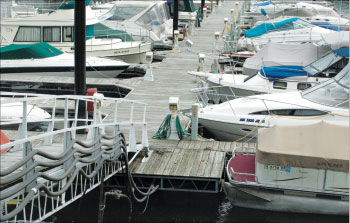
Photo 6. SO cord to slips
But how well would any of these options work? Nuisance tripping of GFCIs can be a frustrating problem. Most electronic devices, computers, TVs, and so forth, are limited to not more than .5 mA of leakage current to ground. By adding up the number of appliances on a single houseboat that could each have a leakage current of .5 mA, it wouldn’t take long to exceed the 4 – 6 mA threshold of a standard GFCI breaker. Even the 50-mA trip rating of an EGFPD would soon be exceeded if the feeder is serving an entire pier of yachts. Using a GFPE main breaker for the feeder to a larger ocean-going vessel, with only a 100 mA trip setting may still create nuisance tripping issues. Layout of marina power will need to consider this issue. Using several smaller feeders, rather than one large feeder, with an EGFPD at a 50-mA setting may help minimize some of these problems. Running a separate branch circuit to each slip, with its own GFCI breaker, would limit the effect of tripping to only that one boat.
Third, why is theCoderequiring this? A quick Internet search for “electric shock drowning” will bring up a long list of deaths, and near deaths, that resulted from people coming in contact with electrified water. The source of the electricity in these situations can come from several different sources. Frequently, the source is power brought out from shore to power boat lifts, lights, receptacles, and so forth. The system was either never properly wired and grounded to start with or it deteriorated over time due to exposure to the elements, allowing energized conductors to come into contact with the water. But the source of the power can also be from on-board generators. If the generator becomes grounded to the metal hull of the boat, accidentally or on purpose, any unbalanced neutral current will be directed into the water around the boat. GFCI protection on the feeders and circuits going out onto the dock can protect from leakage currents on these systems. But the required GFCI protection called for in thisCodearticle will not detect current in the water created by generators on boats.
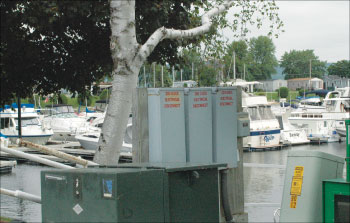
Photo 7. Main overcurrent protection device to docks
While this newCoderequirement is a move in the right direction, it may not actually accomplish its intention. Most authorities agree that it takes less than 100 mA of current flowing through the heart to cause death. This number can be much lower in women and children, and depends on the exact path through the body and the duration of the exposure. Muscles will contract at as little as 15 mA of current, making swimming impossible. But theCoderequirement is a minimum 100 mA trip setting, which would not necessarily shut off the power before a person was electrocuted, or drowned due to their muscles seizing.
This newCoderequirement, while increasing marine safety, is not a cure-all for guaranteeing freedom from electrical hazards. Extra consideration when designing electrical systems for marinas will be required to minimize nuisance tripping of the GFCI protection, and additional monitoring of the area for leakage current may be desirable.











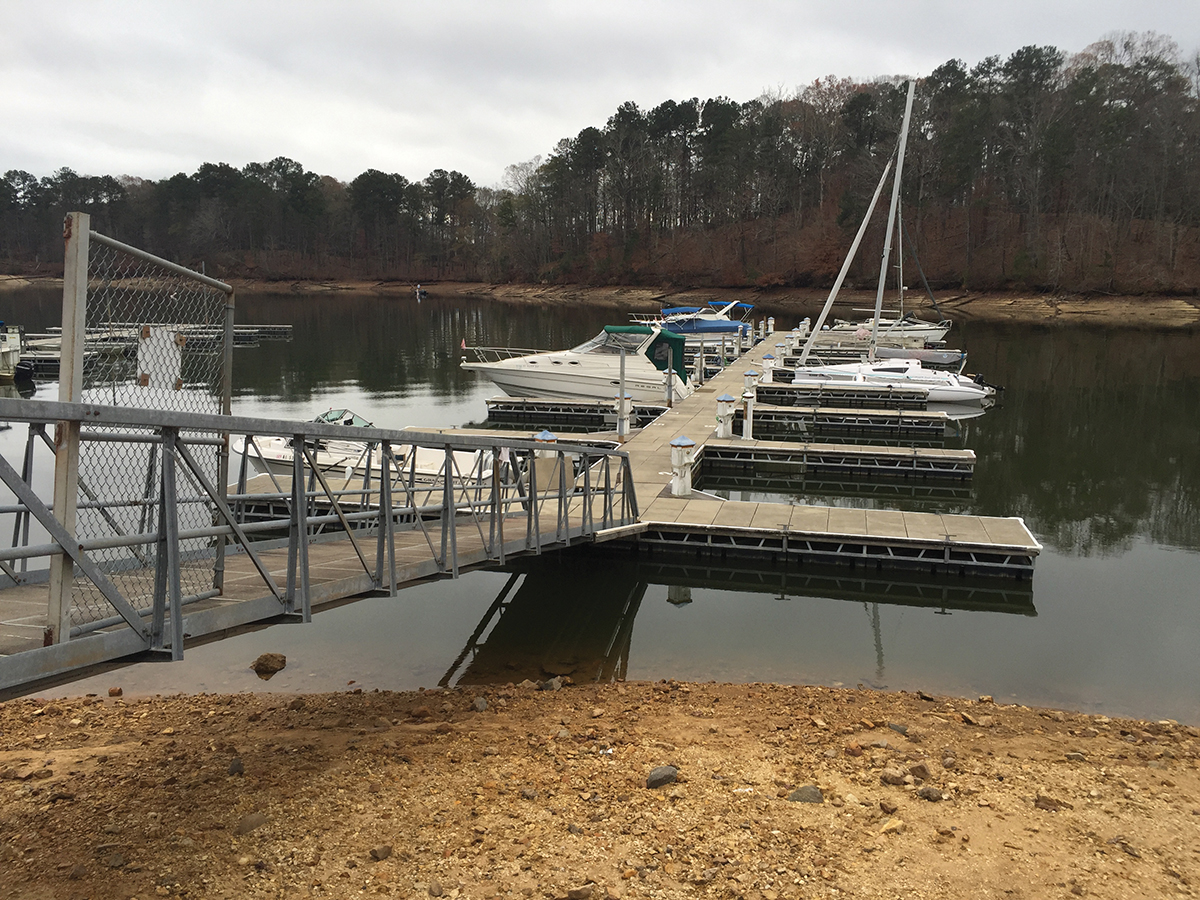

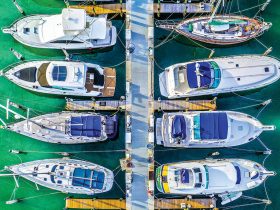
Find Us on Socials